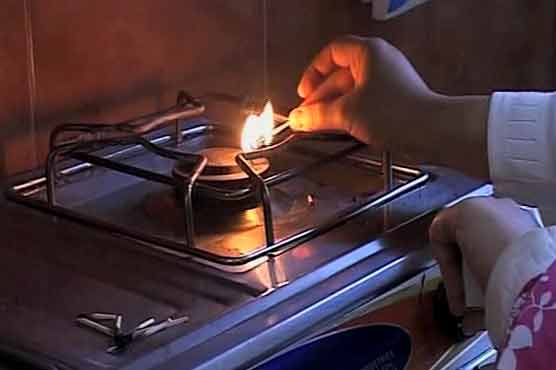
ISLAMABAD: On Friday, gas crisis once again reared its ugly head in Sindh and Balochistan after the diversion of additional liquefied natural gas (LNG) to Punjab after one of the import terminals went offline for maintenance.
Despite the addition of 25 million cubic feet of LNG to Sui Southern Gas Company’s (SSGC) system to stabilize supplies to industries on Thursday, the state-owned gas utility failed to subdue the crisis, reports Express Tribune.
To mitigate the fall out from the shortage of gas, SSGC announced an additional 12-hour gas holiday for compressed natural gas (CNG) fuel stations across Sindh on Saturday in order to provide supply gas to domestic and commercial consumers.
According to an SSGC official, Punjab is being supplied with an additional 200 mmcfd of gas these days and has impacted consumers on its network.
Contrarily, another SSGC official disputed that the company was supplying any additional gas to consumers of Sui Northern Gas Pipelines Limited (SNGPL) in Punjab.
The official added, the present crisis has come to the forefront as a result of a fall in temperature in Quetta, which has experienced a surge in gas usage.
As per CNG dealers and SSGC officials, the gas crisis will end on Sunday when Engro Elengy Terminal Private Limited (EETPL) will recommence operations at 8 am after going offline for annual maintenance.
Moreover, an official at Engro Corporation told current laws allow them to take the terminal offline for a maximum 21 days annually for maintenance purposes.
The official added that they had only closed it for six days and shared the shutdown shouldn’t create LNG import and supply crisis since the 2nd terminal Pakistan LNG Terminals Limited (PLTL) was working at double the capacity of 580-620 mmcfd against its slated capacity of 230 mmcfd.






















